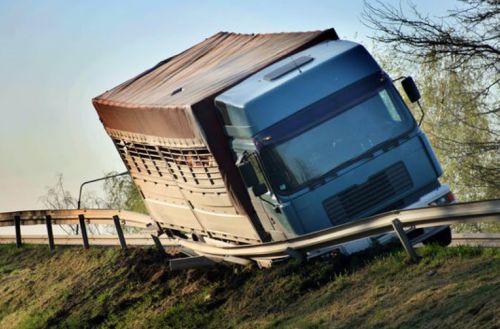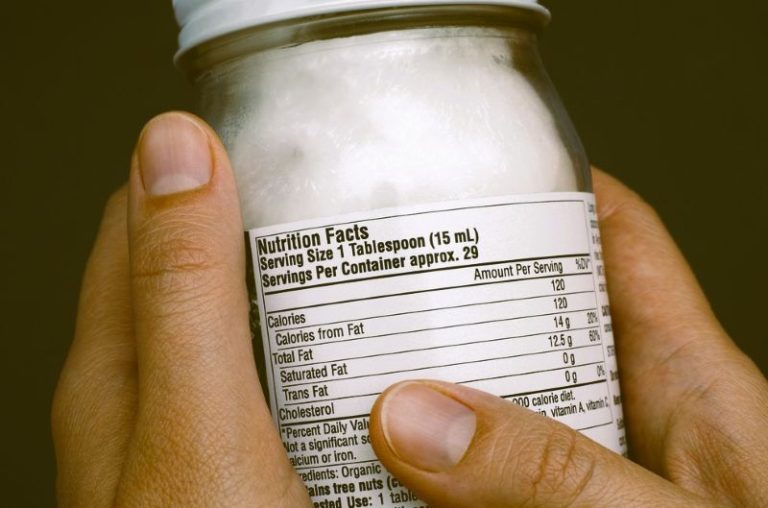

A jackknife truck accident occurs when a semi-truck’s trailer swings out of alignment with the cab, folding at an angle like a pocketknife closing. Semi-trucks are made of two main parts: the cab, which holds the driver and engine, and the trailer, which carries the cargo. When everything works correctly, the cab and trailer move together.
But if something goes wrong, the trailer can swing to the side while the cab stays straight, or the cab can lock up while the trailer keeps moving. Either way, the truck folds in on itself, and that is what we call jackknifing.
Due to the serious injuries that often result from these accidents, affected individuals may experience significant harm and should consider consulting a jackknife accident lawyer. These lawyers understand the complex details of commercial truck crashes and help victims seek compensation for injuries, medical costs, and losses.
What Exactly Is a Jackknife Accident?
A jackknife accident refers to when the trailer of a large truck swings out at an angle from the cab, often forming an L or V shape. The cab may stop suddenly, while the trailer keeps moving forward due to its momentum.
There are two main types:
- Trailer jackknife: The trailer’s tires lock up while the tractor keeps moving, making the back swing outward.
- Tractor jackknife: The tractor’s drive tires lock while the trailer pushes forward, forcing the cab out of line.
Both types are dangerous because once the folding begins, it is extremely hard to stop. The large size and weight of semi-trucks mean that even minor mistakes or conditions can quickly lead to serious accidents.
Main Causes of Jackknife Accidents
Now, let’s go step by step into the many specific causes of jackknife accidents so you can understand how they happen and why they’re so dangerous.
Speed
Speed is one of the top reasons jackknifing occurs. When a semi-truck exceeds 55 miles per hour, it becomes significantly harder to stop or change direction. The heavy trailer gains speed, and if the driver brakes suddenly, the trailer can swing out of control.
Speeding around curves is especially dangerous. Sharp curves put more force on the trailer, and the longer and heavier it is, the easier it can swing sideways. That swing pulls the cab out of alignment, leading to a jackknife.
Imbalanced Cargo
An unbalanced load can make a trailer unstable. For instance, placing excessive weight at the back of the trailer can cause it to sway. As speed increases, this sway may become more pronounced, potentially pulling the trailer and the cab apart.
To ensure safety, it is recommended to place approximately 60 percent of the cargo weight at the front of the trailer. Additionally, all items should be secured tightly. If the cargo shifts while driving, it can abruptly alter the balance and lead to a jackknife situation.
Mechanical Failures
Semi-trucks must be regularly inspected and maintained. If they are not, mechanical failures can easily lead to jackknifing. Some common issues include:
- Tire blowouts: When a tire explodes, the truck can suddenly become unbalanced, forcing the driver to make abrupt adjustments.
- Brake failure: Without reliable brakes, the driver may overcompensate, increasing the chance of the cab and trailer folding.
- Hydraulic or steering problems: Even small malfunctions are magnified in vehicles weighing up to 80,000 pounds.
Because of this, federal laws and state laws require inspections; skipping or rushing through them puts everyone on the road at risk.
Driver Fatigue
Fatigue is one of the most dangerous human factors. Truck drivers often work long hours under pressure to meet delivery deadlines. When they are tired, their judgment and reaction time drop.
A fatigued driver may hit the brakes too late, steer poorly, or fail to notice changing conditions. These mistakes are all triggers for jackknifing. Regulations exist to limit driving hours, but violations still happen. Companies sometimes pressure drivers to keep going even when they should rest.
Key Takeaways
- Driving at high speeds, especially on curves
- Improper braking techniques and braking on curves
- Unstable or empty trailer loads
- Mechanical failures such as brake problems or tire blowouts
- Driver fatigue and poor reaction time
- Inexperienced or poorly trained drivers


